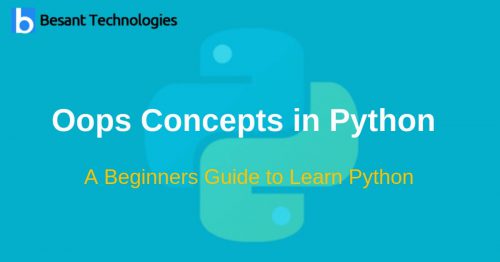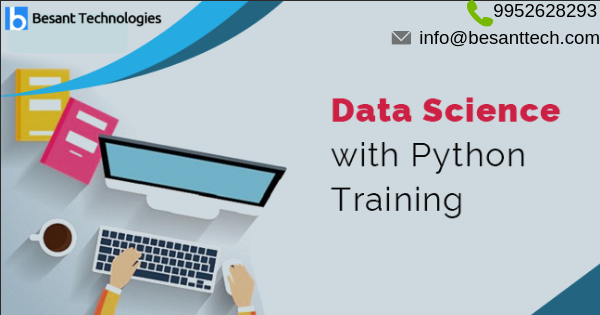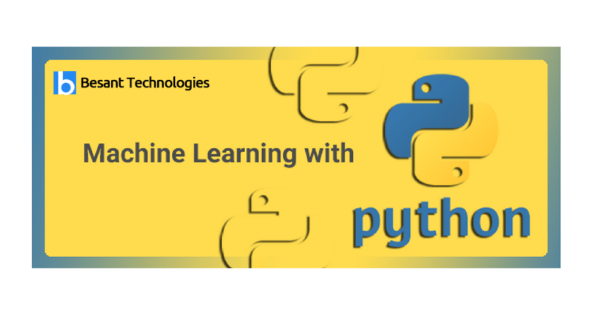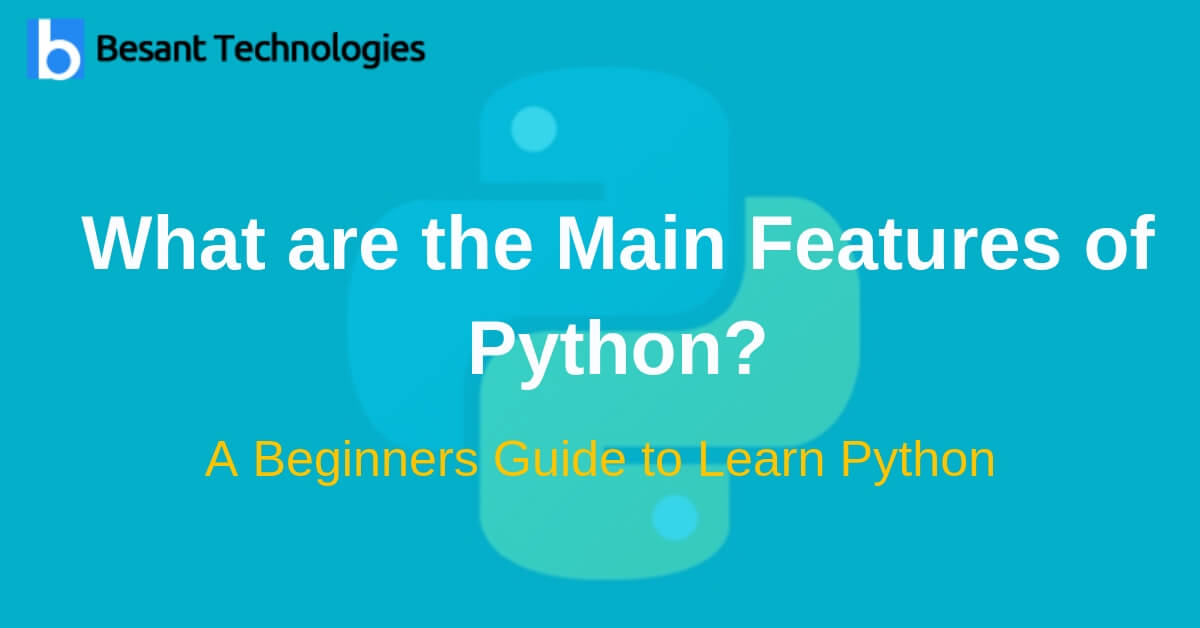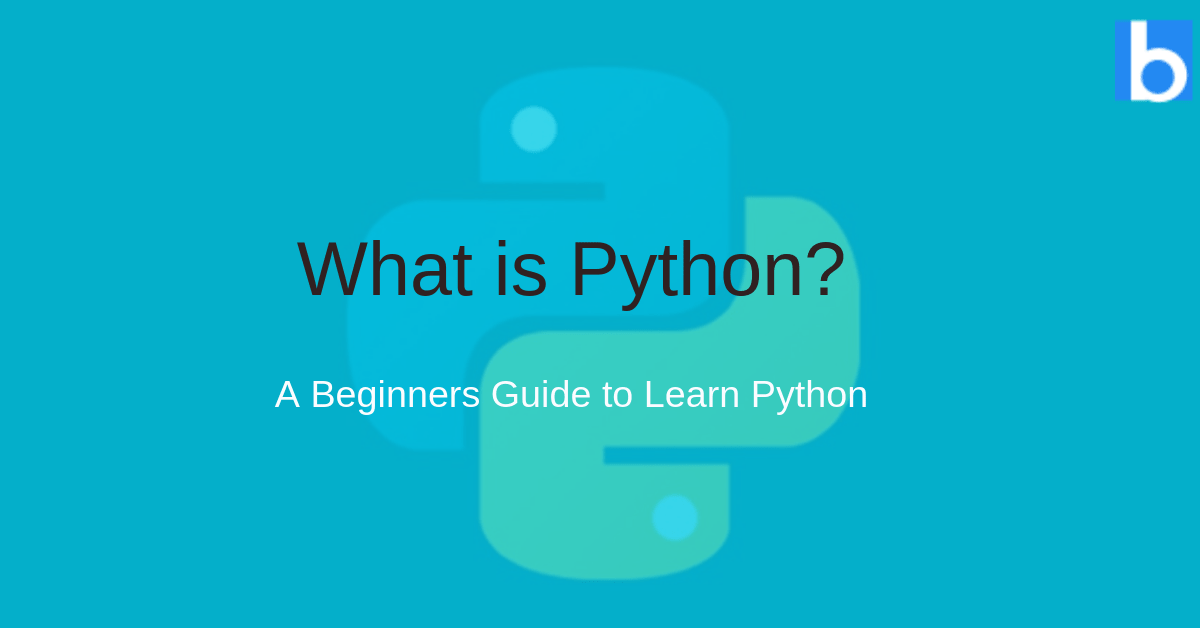Python is a multi-paradigmatic programming language. It means that you support a different program approach. One of the most popular approaches to solving a software problem is the creation of objects. This is known as Object Oriented Programming (OOP). This allows us to develop applications using the object-oriented approach. In Python, we can create and use classes and objects easily.
Below are the fundamental principles of the object-oriented programming system.
- Object
- Class
- Method
- Inheritance
- Polymorphism
- Data Abstraction
- Encapsulation
Object
The object is an entity that has status and behavior. Maybe it’s something. It can be physical and logical. For example, a mouse, keyboard, table, table, pencil, etc.
Everything in Python is an object and almost everything has properties and methods. All functions have an attribute __doc__ that returns the documentation string defined in the source code of the function.
Class
The class can be defined as a collection of objects. This is a logical entity that has certain specific properties and methods. For example: if you have an employee class, you must include an attribute and a method, for example. Email address, name, age, salary, etc.
Syntax:
Class 1 ClassName: 2 <Statement-1> 3 . . 4 . . 5. . 6. <Statement-N>
Method
The method is a function that is associated with an object. In Python, the method is not the only one for class cases. Each type of object can have methods.
Become a Python Certified Expert in 25Hours
Heritage
Inheritance is a feature of object-oriented programming. Determines that an object acquires all the properties and behaviors of the main object. When using inheritance, you can specify a new class with little or no change in the existing class. The new class is known as a derived class or a class of a child and from which it inherits properties, it is called a basic class or the main class. It Provides the reuse of the code.
Polymorphism
The polymorphism consists of two words “poly” and “morphine”. Poli means a lot and Morphs means form, form. Specifies that a task can be done in different ways. For example, you have a classified animal and all the animals speak. But they say differently. Here the behavior of ‘talking’ in this sense is polymorphic and completely dependent on animals. So, the abstract concept of “animal” does not actually “speak”, but specific animals (like dogs and cats) have a concrete “action” campaign.
Become a Python Expert with Certification in 25Hours
Encapsulation
Encapsulation is also a feature of object-oriented programming. It is used to restrict access to methods and variables. In encapsulation, the code and data are combined within a unit that changes after an accident.
Data collection
Data collection and encapsulation are often used as synonyms. Both are almost synonymous because the abstraction of data is achieved by encapsulation.
The abstraction is used to hide internal details and show only the functionality. Discovering something means that you name things by their names, so the name captures the core of each function or the entire program.
To getting expert-level training for Data Science Training in your location –Python Training in Tambaram | Python Training in Chennai | Python Training in Bangalore | Python Training in Pune
